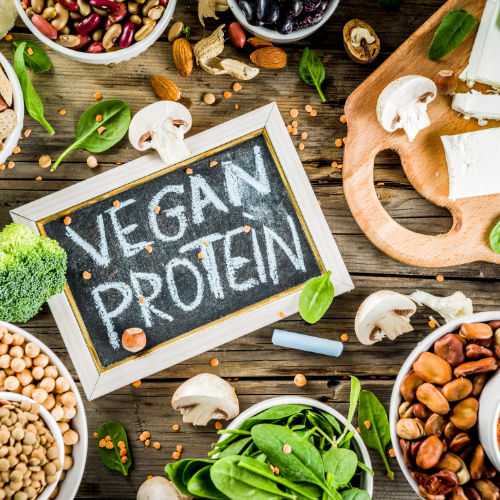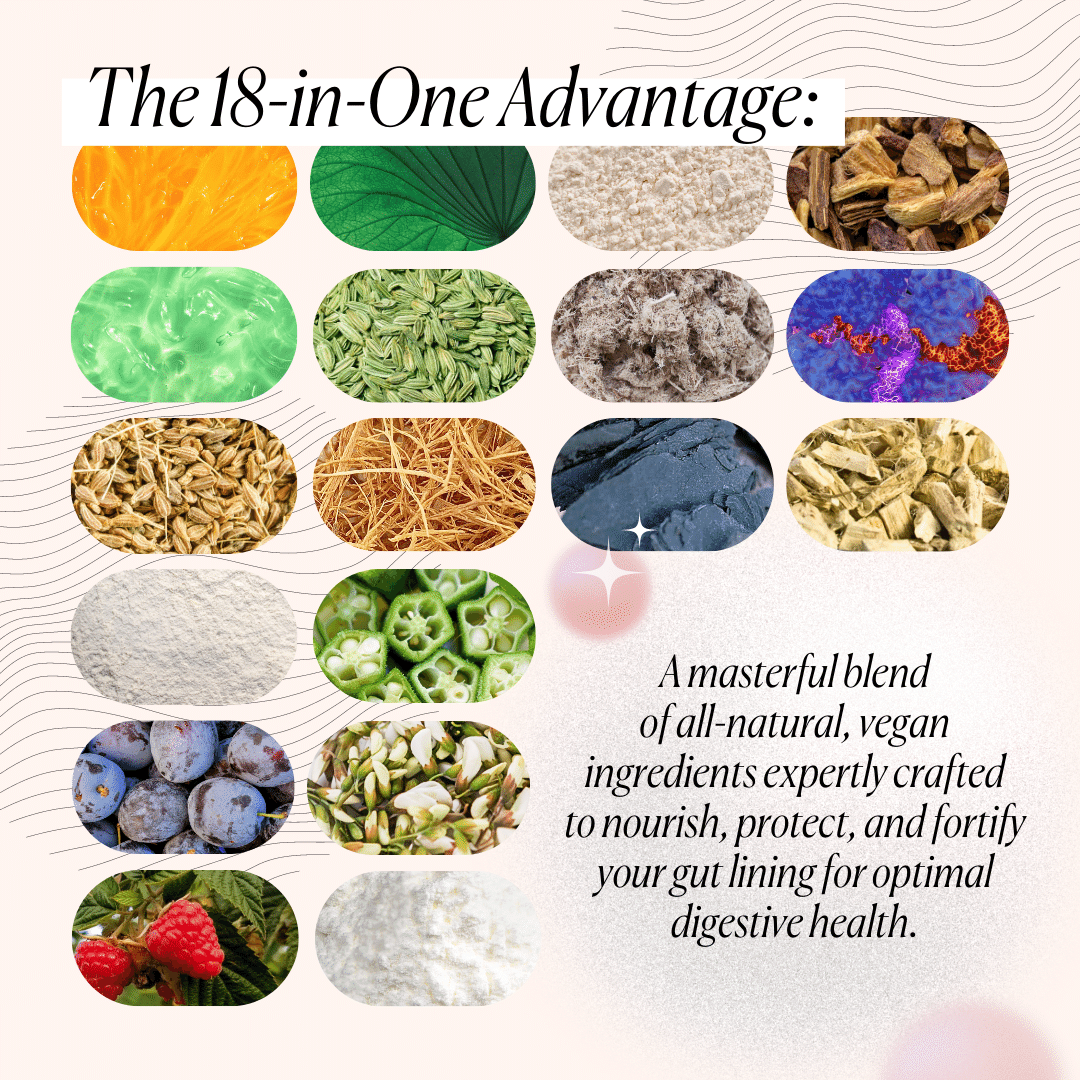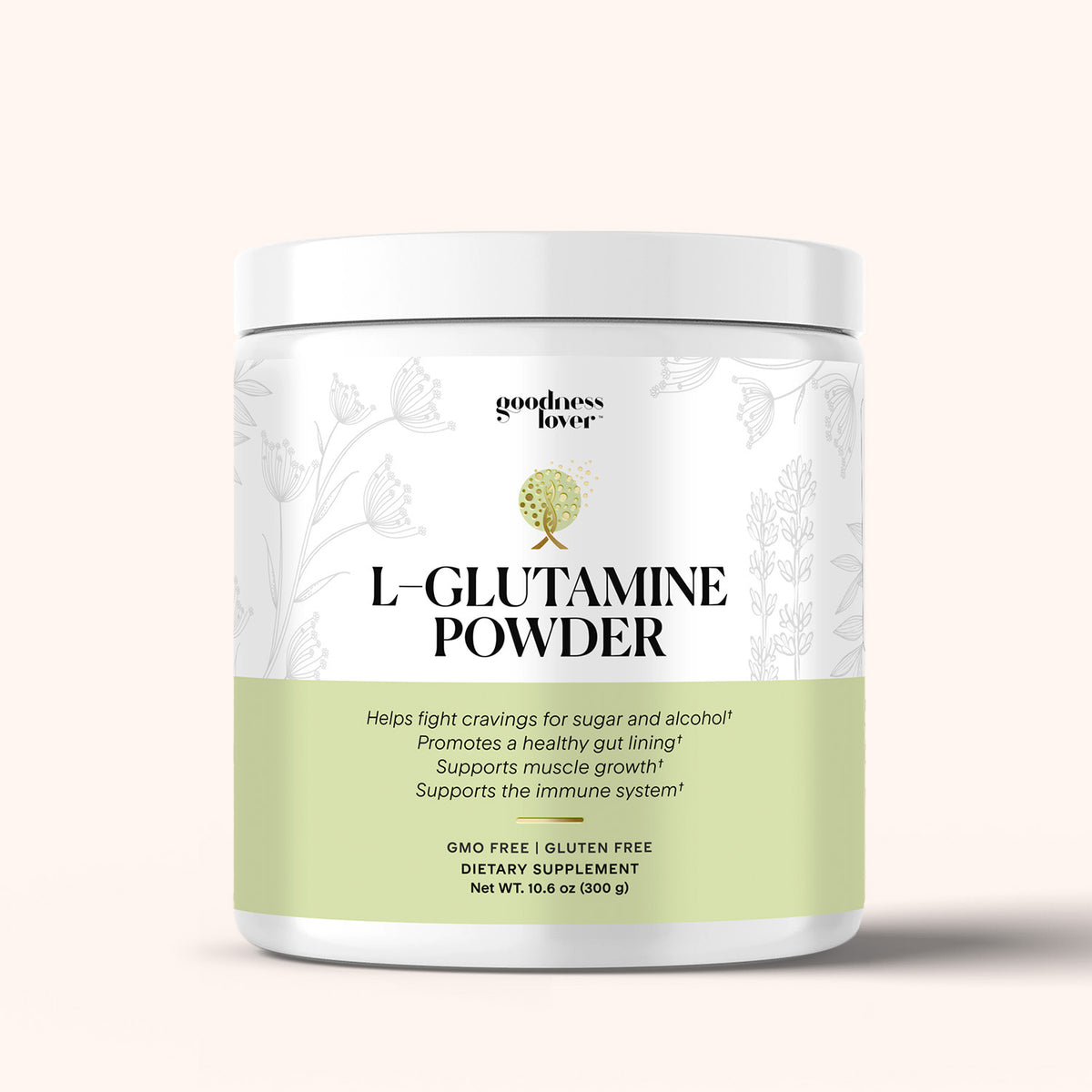In some circles, “carbs” has become a dirty word, something to be avoided at all costs, especially if you are trying to lose weight. Most weight loss diets minimize carbohydrate consumption even to the point that your entire daily carbohydrate intake might be less than you’d derive from a single apple! According to many proponents of diets such as Atkins, carbohydrates have been demonized as being responsible for the development of obesity and type 2 diabetes.
However, carbohydrates, along with protein and fat, are one of three essential macronutrients. They provide 4 calories per gram and have long been part of the human diet. The Institute of Medicine (IOM) recommends that carbohydrates should account for 45-65% of your total calories.
So we need carbohydrates in order to be healthy; however, like fats and protein, it’s the type of carbohydrate that makes the difference.
What do carbohydrates do?
Carbohydrates are your body’s main energy source. They provide fuel for your body’s cells, tissues, and organs, especially your brain, kidneys, and heart muscles. Most carbohydrates in the foods you eat are digested and broken down into glucose before entering the bloodstream. Your body then releases insulin to take up the glucose into your body’s cells, where it is used to produce a fuel molecule called adenosine triphosphate (ATP). Cells then use ATP to power a variety of metabolic functions.
Your body can store any extra glucose in your muscles and liver (known as glycogen) for use when you’re not getting enough carbohydrates in your diet. When these “storage sheds” are full, the body can convert excess carbohydrates into triglyceride molecules and store them as fat. 
Types of carbohydrates
There are two main types of carbohydrates: Simple and complex. Sugars are simple carbohydrates, while starch and fiber are complex carbohydrates.
Simple Carbohydrates
Monosaccharides are the smallest carbohydrate unit, and they refer to a single molecule of sugar. The two main monosaccharides are fructose and glucose. They occur naturally in fruit and some vegetables and are also present in processed sugar and some other sweeteners.
Disaccharides (two sugar molecules) are the next in size and include sucrose, lactose, and maltose. These also appear naturally in some foods, as well as refined sugar products and dairy products that contain lactose. These are carbohydrates that cause blood sugar spikes and drive up the insulin response, leading to weight gain.
Sugars found in processed or refined foods such as biscuits, cakes, soft drinks, supermarket bread, and pasta have practically no nutritional value and cause chaos to your blood sugar levels. “Foods” like processed table sugar and white flour stimulate dopamine centers in the brain, causing you to eat more and more and making your body become insensitive to dopamine over time. This leads to cravings and addictions. These are the types of carbohydrates you need to watch out for when it comes to weight management. They also require more nutrients to digest them. Thus, eating these foods actually depletes the body of nutrition.
Complex Carbohydrates
-
Starches
Starches—which are natural compounds composed of long, branching chains of glucose—take the body longer to digest, so they don’t spike blood sugar levels as simple carbs do. They also have a higher density of nutrients, such as vitamins, minerals, and fiber. These are the ones you want in your diet. They are found in whole grains, legumes, starchy vegetables such as sweet potatoes and corn, and fruits such as berries and bananas.
-
Fiber
Fiber refers to classes of indigestible starches. Even though you can’t break down fiber, it is absolutely essential for your health. Fiber is correlated with many health benefits, from improved digestion and a healthy, robust microbiome, to better blood sugar regulation and healthy weight management.
There are two forms of fiber: Soluble and insoluble. Insoluble fiber doesn’t dissolve in water. It remains mostly intact in your body and acts like a broom, cleaning out your digestive tract as it moves through. 
Soluble fiber, on the other hand, does dissolve in water, forming a gel-like substance. Soluble fiber partially gets absorbed and provides about 2 calories per gram. It provides cushioning in the intestine and helps to bind unwanted components and cholesterol.
Soluble fiber also may act as a prebiotic, supporting the growth of healthy bacteria in the intestine. The bacteria feed on this fiber and produce short chain fatty acids (SCFAs) such as butyrate, which is our cells' primary source of energy. In addition, SCFAs help with weight loss by regulating appetite and improving fat metabolism.
If you don’t have enough butyrate, you suffer from inflammation which triggers a leaky gut and compromises the blood-brain barrier. This can affect the production of brain-derived neurotrophic factor (BDNF), which supports your ability to learn, remember, and form new memories. It is regarded as a “fertilizer for the brain” because of the way it enhances our neuroplasticity. Loss of neuroplasticity causes the trademark mental decline associated with Alzheimer’s and dementia.
Due to fiber’s impact on the gut microbiome and overall metabolic health, dietary fiber intake is associated with a reduced risk for the development of cardiovascular disease, type 2 diabetes, colonic cancer, and mortality.
A study published in The Lancet that pooled the results from 243 studies also found that an intake of at least 25 grams of dietary fiber a day is associated with a lower weight, blood pressure, blood sugars, cholesterol, as well as a reduced risk of diabetes, heart disease, strokes, and breast and colon cancer.
Insulin Resistance, Type 2 Diabetes, and the Role of Carbohydrates
We’ve already seen how insulin is required to move the glucose from your bloodstream and into your cells to be used for energy. People with type 2 diabetes experience insulin resistance, which means their body requires more insulin to process the glucose efficiently than their pancreas is able to produce. This leads to high glucose levels (high blood sugar), which is the hallmark of diabetes.
Many people, therefore, recommend that individuals with diabetes should steer clear of carbs so it minimizes the glucose in their bloodstream. However, as we’ve just seen, your body requires some types of carbohydrates for proper functioning, and simply eating a low carbohydrate diet is disastrous in the long term, making you more insulin resistant.
What’s important is to ask what is causing insulin resistance.
The problem isn’t too little insulin but insufficient insulin action. This occurs due to excess dietary fat that accumulates in cells which inhibits the action of insulin. When cells become insulin resistant, glucose builds up in your bloodstream because cells are trying to burn the excess fat. If the insulin is like the key opening the door for the glucose to get into your cells, the fat is like chewing gum which gets stuck in the keyhole and prevents the insulin from getting in to turn the lock and open the door.
As a result, the beta cells in your pancreas secrete more insulin to force cells to uptake glucose in your blood. Left too long, your pancreas becomes unable to produce the high insulin levels needed and may require exogenous insulin.
Genetics, lack of exercise, excessive alcohol intake, and smoking may make someone more likely to develop insulin resistance.
What about the glycemic index?
Another thing we should talk about when it comes to carbohydrates is the glycemic index (GI).
If you’ve been diagnosed with diabetes, prediabetes, heart disease, or obesity, your healthcare provider may recommend you use the glycemic index as a tool for dietary planning.
But what is the glycemic index? How exactly can it help you with your health? And is it the only way to judge carbs?
The glycemic index is a measure of how quickly carbs are broken down and absorbed into your bloodstream. All carbohydrates are given a score relative to pure glucose, which has a score of 100. Low GI foods are those with a score of 55, or lower and high-GI foods have a score of 70 or above. High GI foods can cause a rapid spike in your glucose levels and a subsequent surge in insulin production. As insulin levels increase, glucose levels drop quickly, causing hypoglycemia or low blood sugar.
If you’re consuming a lot of high GI foods, this can increase the risk for disease and make it harder to control diabetes and lose weight. The constantly elevated blood levels of insulin can eventually cause your cells to become resistant to its effect, increasing the risk for metabolic syndrome and diabetes. A high GI diet is also associated with an increased risk for heart disease, breast cancer, and other diseases.
Although they contain plenty of carbohydrates (healthy ones, mind you), plant-based diets include fewer refined, simple carbs and actually have a lower GI. As a result, those who eat plant-based have healthier insulin levels and better sensitivity to insulin, a factor that can lower disease risk.
However, it’s not as simple as choosing foods with a lower GI.
Other factors affect GI other than just the rate at which the different carbs are absorbed. For example, the GI of fruits increases as they become over-ripe. Particle size affects GI, so mashed potatoes have a higher GI than boiled potatoes. Canned beans often have a higher GI than those cooked from scratch as they tend to be more thoroughly cooked. Also, adding either fat or acidic ingredients such as lemon juice or vinegar can help to moderate the GI, and adding berries to plain table sugar can reduce its GI.
In addition, high GI foods are rarely eaten by themselves. Eating foods together in a meal changes their glycemic index and impact on blood sugar, as other foods may contribute fiber, fat, and protein to buffer carbohydrate absorption.
As you can see, the GI alone does not provide enough guidance for making good food choices. It is just another tool that can be useful in deciding which whole foods to emphasize in meals.
And while the GI scale can be helpful in some circumstances, and research does indicate that an overall lower GI diet appears to be better for your health, there are exceptions.
For example, some high glycemic foods are healthy for most people. Watermelon is high GI, but it also contains fiber, antioxidants, vitamins, and minerals which are good for you and also help to prevent a dramatic spike in your blood sugar.
Meat and dairy are low GI because of their high fat and protein content, but studies have shown they are pro-inflammatory and can have deleterious effects on your health. Meat can also promote insulin resistance, increase levels of the peptide hormone IGF-1 that, is associated with a higher risk for certain cancers, and produces TMAO, a metabolite that increases the risk for heart disease. Dairy has been linked to various digestive issues as well as a higher risk for prostate cancer in men. 
The best kind of carbohydrates
So if carbohydrates are important for you, how do you pick the best kind of carbohydrates?
The first rule when picking healthy carb options should always be to choose whole plant foods rich in fiber and limit simple, refined carbohydrates, including sweeteners, in the diet. Choose the ones which are as close to their whole form as possible and strive for a variety of complex carbohydrates to support diversity and abundance in your microbiome.
Whether you have diabetes, prediabetes, insulin resistance, or you are simply wanting to better manage your weight, the goal is to choose carbohydrates that are nutrient-dense, which means complex carbs that are full of vitamins and minerals, and low in added sugars and unhealthy fats. A diet rich in whole plant foods can help return the body to a lean state, which can lower the amount of fat in the cells and allow insulin to do its job.
Of course, if you have type 2 diabetes, you must take care to monitor your insulin levels and, when possible, work with your healthcare practitioner to find the right dietary balance.
So whether carbohydrate-rich foods are good for you depends on three things:
- What kind of carbohydrates they are (simple and/or complex)
- What other beneficial nutrients do they offer
- Whether they have been processed and refined where the good stuff has been removed and bad stuff added in
Here are the top sources of healthy carbohydrates:
- Mango
- Guava
- Apples
- Bananas
- Oranges
- Pears
- Avocado
- Strawberries
- Carrots
- Beets
- Broccoli
- Brussels sprouts
- Collard greens
- Swiss chard
- Artichokes
- Russet, red, and sweet potatoes
- Navy beans
- Chickpeas
- Kidney beans
- Lima beans
- Pinto beans
- Black beans
- Peas
- Edamame
- Lentils
- Split peas
- Sunflower seeds
- Pumpkin seeds
- Pistachios
- Almonds
- Walnuts
- Chia seeds
- Quinoa
- Oats
- Buckwheat
- Whole wheat breads and pastas
Recipe Spotlight: Oat Banana Pancakes
They may have gotten a bad rap over the years, but removing carbohydrates from your diet may do more harm than good. Remember: It’s one of the essential macronutrients that your body needs. And as you’ve learned above, it’s the kind of carbohydrates that you should closely look into.
So to introduce you to the healthy kind of carbs, here’s an oat banana pancake recipe packed with starches and fiber. You can make the batter either through a high-speed blender or by simply whisking the ingredients in a large bowl. Once cooked, top it with blueberries and coconut yogurt or pick any nuts, seeds, or dried fruits of your choice.














What Do You Think? Comment Below: